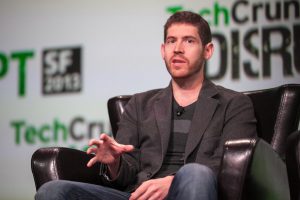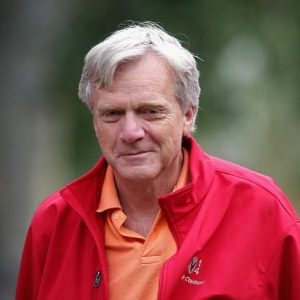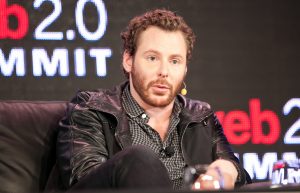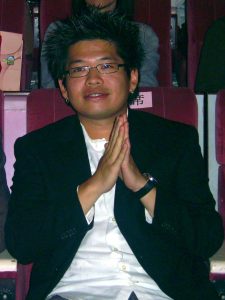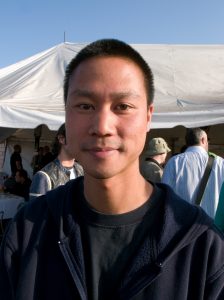The Founders Behind the Worldwide e-Commerce Marketplace : Groupon
In the industry, where most of the businesses want to earn more profit by avoiding bargaining and discounts on their services, Groupon.com brought a new way of earning profits with their different business model. The company is solely based covering the idea of selling discount deals on the services of local as well as multinational companies. The idea was unusual which gained huge popularity and benefits in a short interval of time.
It was Andrew Mason, who came up with the idea of creating such a business model for his first start-up company. Andrew Mason, who was first appointed as the CEO of the company, convinced Eric Lefkofsky, to invest $1 million in the idea, making the latter the co-founder of Groupon.
Early Life
Andrew was born in Pennsylvania and did his schooling from Mt. Lebanon High School, in 1999. In 2003, he received a bachelor’s degree in music from Northwestern University. After graduating from college, he joined a web designing company InnerWorkings, as a web developer. The company owner, Eric Lefkofsky, became his future partner and co-founder of Groupon.com. Andrew left the job to join the University of Chicago’s Harris School of Public Policy to pursue a master’s degree. However, he dropped out from the course after a few months of joining and again started working at Lefkofsky’s.
Founding Groupon.com
In 2006, the time, Andrew was working as a web developer, he was also dealing with the cancellation of a cell phone contract. He became frustrated with the client service and was looking for a solution. Soon, an idea lit Andrew’s mind and he started working on ThePoint, his first entrepreneurial venture. Lefkofsky also became interested in the project and offered a $1 million amount for the start-up. The two along with another business partner of Lefkofsky, Brad Kwywell, became the co-founders of ThePoint.
ThePoint was a platform developed for the purpose of getting people together to accomplish a certain goal, using the social media. Eventually, the main objective of ThePoint became saving money through various discounts from local vendors. In 2008, ThePoint was renamed to Groupon and was launched as the platform that focussed entirely on group buying.
The idea of Groupon was new in the market, and, in just one and a half year, the company valued at over $1 billion. The company became the first one, to join the $1 billion club in such a small time. In November 2011, Groupon was public, having the biggest IPO by an Internet company, since Google (2004). The concept behind Groupon was to provide deals to the consumers and sell the services of the companies, taking 50 per cent of every deal. Till 2014, it was noted that the company revenue hiked by 25% every passing year.
To avoid any kind of competition, Andrew and Lefkofsky started acquiring the local deal-of-the-day companies. Starting with the Europe-based MyCityDeal in 2010, Groupon also acquired other companies like ClanDescuento, the Japanese service Qpod.jp, Russian Darberry.ru, the Singaporean Beeconomic.com and the Indian deal-of-the-day website SoSasta.com. By March 2015, Groupon expanded in 500 cities worldwide, has 48.1 million registered users.
On February 28, 2013, Mason was dismissed from his post of CEO. Lefkofsky and Brad Keywell remain as the major investors of the company, and the former is serving as the chairman of the company.

Yashica is a Software Engineer turned Content Writer, who loves to write on social causes and expertise in writing technical stuff. She loves to watch movies and explore new places. She believes that you need to live once before you die. So experimenting with her life and career choices, she is trying to live her life to the fullest.
